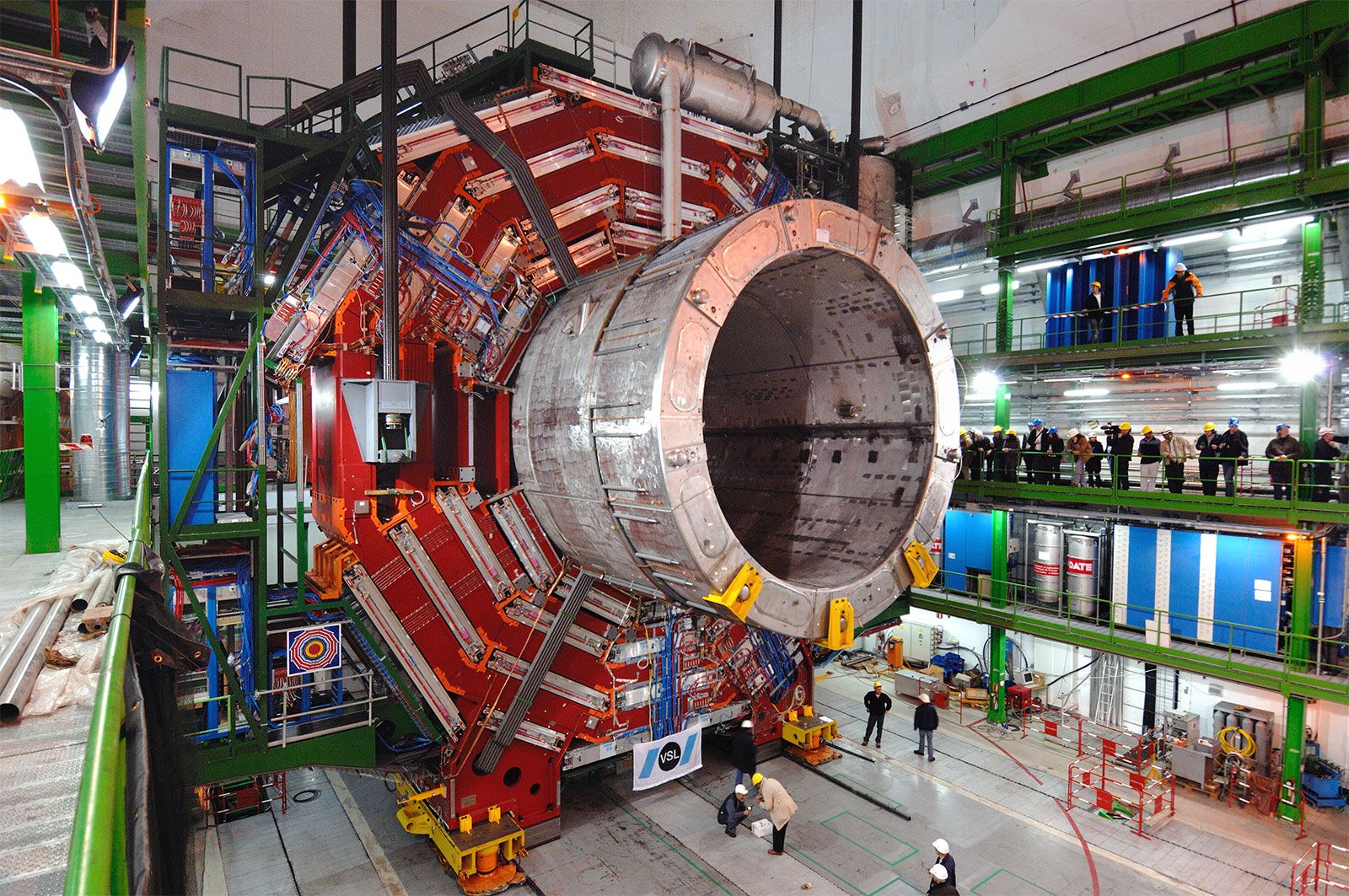The Large Hadron Collider (LHC), located at CERN near Geneva, Switzerland, is an awe-inspiring feat of engineering and scientific ingenuity. As the world’s largest and most powerful particle accelerator, it has captured the imagination of both the scientific community and the general public. One of the more intriguing questions posed about this colossal machine is whether it can generate temperatures that surpass those of the sun. To comprehensively explore this question, we will delve into fundamental concepts of temperature, the unique conditions within the LHC, and a comparative analysis of stellar and terrestrial heat phenomena.
First, it is essential to clarify what is meant by the term “temperature.” In physics, temperature is a measure of the average kinetic energy of the particles within a substance. This quantification allows us to understand and compare thermal energy across varying contexts, from the surface of distant celestial bodies to terrestrial laboratories. The sun, primarily composed of hydrogen and helium, reaches a staggering surface temperature of approximately 5,500 degrees Celsius (9,932 degrees Fahrenheit). The core of the sun, where fusion occurs, is even hotter, peaking at around 15 million degrees Celsius (27 million degrees Fahrenheit).
In stark contrast, the LHC operates under conditions designed to recreate the splendor of the universe’s earliest moments, mere fractions of a second after the Big Bang. When protons are accelerated to near light speeds and collide at energies of up to 13 tera-electronvolts (TeV), the resulting interactions create exotic states of matter. These collisions produce temperatures that are momentarily vast, reaching upwards of 4 trillion degrees Celsius (about 7 trillion degrees Fahrenheit) during proton-proton collisions. Herein lies the fascinating paradox: while the sun is a colossal nuclear fusion reactor enduring over millions of years, the LHC mimics the brief and exuberant conditions characteristic of the universe’s genesis.
Upon achieving these extreme temperatures, physicists explore the conditions under which ordinary matter degrades into plasma, a state where electrons are separated from nuclei. At these levels, the matter created transcends conventional understanding, forming what is known as quark-gluon plasma. This ephemeral substance consists of quarks and gluons, components that generally reside within protons and neutrons, unshackled from their usual constraints. The creation of such high-energy states, albeit momentary, allows scientists to unlock the mysteries of particle physics and the fundamental nature of the universe.
So, is the LHC hotter than the sun? In a strictly quantitative sense, the temperature reached in colliding protons at the LHC surpasses the core of the sun. However, this comparison does not quite encapsulate the nuances between astrophysical and engineered temperatures. The sun’s thermal energy is sustained over billions of years, enabling it to radiate heat and light across the solar system. The LHC, by contrast, produces temperatures only for fractions of a second, confined within a minuscule volume, well below the vastness of solar output.
Moreover, when considering the implications of temperature, one must contemplate the scale of energy density. While the LHC creates extraordinarily high temperature in a localized region, the sun’s colossal mass results in immense gravitational forces that influence its thermal characteristics. The fusion processes seamlessly occur under significant pressure and gravity, an aspect uniquely absent within the confines of the LHC. Additionally, radiation emitted by the sun, encompassing a broad spectrum of electromagnetic waves—from radio waves to gamma rays—carries a different form of energetic distribution than the particles and radiation produced in collisions at the LHC.
Examining the reactions taking place within the LHC presents another fascinating perspective. The experiments designed to study the fundamental forces of nature, namely the strong force, weak force, electromagnetism, and gravity, endeavor to recreate scenarios that characterized the early cosmos. Each collision produces a multitude of particles, which briefly exist before decaying into others, providing a conduit for understanding phenomena such as the Higgs boson—a particle that offers insights into mass and its relation to particles in the universe.
Additionally, the quest for knowledge regarding dark matter and supersymmetry stands as a testament to the future significance of the LHC’s work. As physicists sift through the chaos of numerous particle interactions, they unlock pathways to understanding the unseen aspects of our universe. This ongoing investigation invites reflection on the importance of context: while the LHC indeed may create temperatures exceeding those found in a stellar furnace, it serves an entirely different purpose—unraveling the very fabric of existence itself.
In conclusion, the provocative question of whether the LHC is hotter than the sun exposes the intricacies and layers of heat and energy beneath both natural and engineered conditions. The temperatures reached within the LHC during particle collisions are indisputably higher than those found in the sun, albeit in a transient and limited manner. Both entities, while seemingly astoundingly different, foster a deeper understanding of our universe. Therefore, the conversation surrounding temperature, energy, and the incessant quest for knowledge remains pivotal—not merely for the scientific community but for humanity’s collective curiosity about its origins, structure, and destiny.












